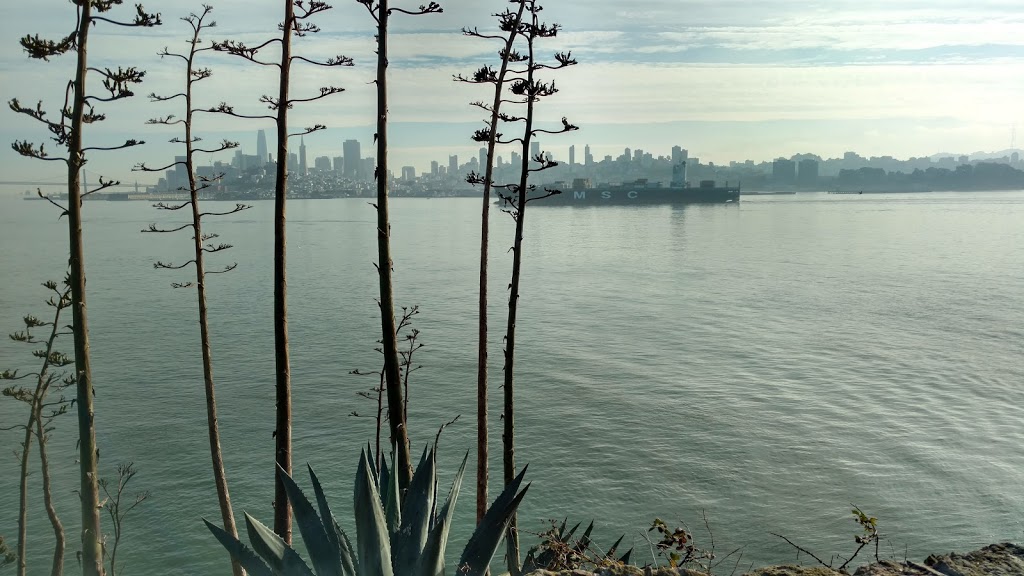|
Getting your Trinity Audio player ready…
|
In this post, I share the research statement I wrote to become a finalist in a prestigious postdoctoral fellowship competition called the Owen Chamberlain Postdoctoral Fellowship at Berkeley Lab.
At the time of the application, I did not have any main-author papers published yet but some in the pipeline.

If you are wondering what do you even write in a research statement, I am totally with you.
I felt the same way.
What do I say?
Then I learned that what you mainly say in a research statement is what you have done already and how that makes you great.
I don’t know exactly how many people apply for postdoc fellowships like these but I have heard it’s hundreds.
I was selected as a finalist along with 4 or 5 others.
I had loads of fun visiting the place, interviewing, and giving talks.
At the interview, they told me they didn’t yet know their budget that year.
They ended up not giving the fellowship to anyone that year – as far as I know.
I loved the experience though and here’s the research statement!
Research statement
Multimessenger astronomy and astrophysics, although broad, capture my research interests most accurately. Be it neutrinos, X-rays, dark matter, or gravitational waves, I find these rapidly-growing avenues of studying the Universe most promising, and the Chamberlain Fellowship would allow me to expand on my current expertise while applying the knowledge, skills, and experience gained during my Ph.D.
My Ph.D. is focused on a NASA long-duration balloon experiment for ultra-high-energy (> 1018 eV) neutrino detection called the ANtarctic Impulsive Transient Antenna (ANITA). ANITA uses the polar vortex to orbit in roughly circular trajectories, at an altitude of ~ 40 km, over the continent of Antarctica, for about a month during the Austral Summer. This experiment provides a unique opportunity to study high energy astrophysical phenomena by means of an emerging cosmic messenger, namely the neutrino. There have been four ANITA missions so far.
ANITA searches for radio pulses in the 200 – 1200 MHz frequency range, produced by neutrino interactions in the Antarctic ice. The human activity that produces radio waves in the same frequency range, such as military communications satellites, has been known to interfere with and even prevent ANITA science operations. To mitigate radio interference, I built tunable filters for the ANITA-IV mission (2016). During my deployment in Antarctica last year, after a successful launch of ANITA-IV, I operated the tunable filters in real-time. The filters helped to increase the instrument livetime of ANITA by almost a factor of 3. Details are in our pre-print at https://arxiv.org/abs/1709.04536.
At present, I am studying and classifying anthropogenic noise using data from the ANITA-II and ANITA-III flights. I am a lead contributor to the development of a new analysis technique to search for a diffuse flux of ultra-high-energy neutrinos. Additionally, I am leading the development of new techniques to perform the first search for afterglow neutrinos from Gamma Ray Bursts using data from the ANITA-III and ANITA-IV flights. We are expecting to publish results from these analyses at the end of the Fall of 2017 and in the Spring of 2018, respectively.
I am interested in experiments such as Daya Bay and DUNE, that probe the Universe with neutrinos at energies complementary to those probed by ANITA. These experiments will allow me to increase my breadth both in their particle physics and astrophysics goals. Additionally, I am interested in the next-generation dark matter experiment LZ, that aims to answer fundamental questions about the Universe through the detection of dark matter.
Due to my experience with building and deploying ANITA-IV, I am well-placed to make strong contributions to detector development, testing, calibration, and deployment for new and upcoming experiments. By the time I graduate, I will have worked on multiple analyses using complementary techniques involving data from three flights of ANITA, making me well-rounded and capable of leading analysis projects for the above-mentioned experiments. In conclusion, my research interests align with multiple opportunities that could be supported by the Chamberlain Fellowship, and that would also benefit from my background in particle astrophysics instrumentation and analysis work.
Here is a related post where I talk about the dangers of taking too long to finish a Ph.D. and its impact on winning postdoctoral fellowships.

Leave a Reply